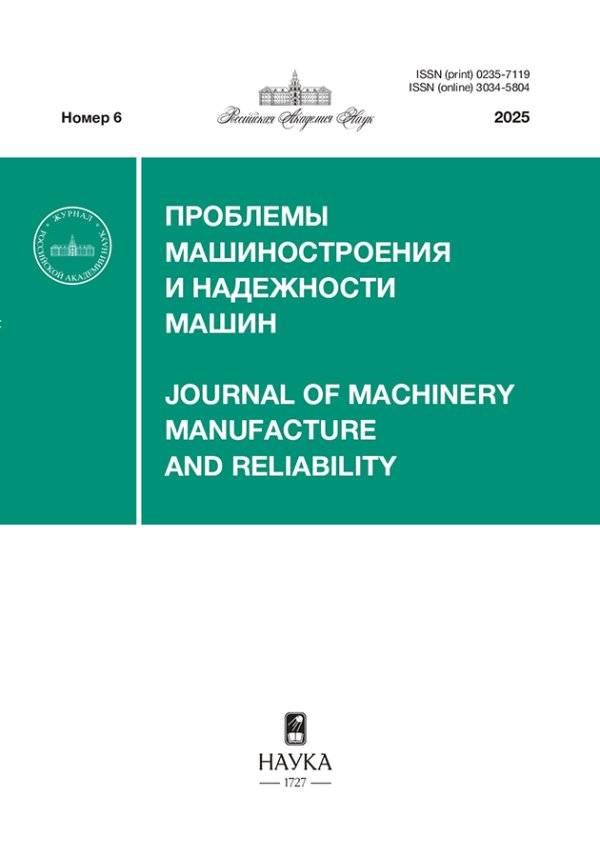Analytical Models of the Interaction of Convection with Intercepting Layers in the Atmosphere
- Authors: Ingel L.K.1,2
-
Affiliations:
- Research and Production Association “Typhoon”
- Obukhov Institute of Atmospheric Physics, Russian Academy of Sciences
- Issue: Vol 59, No 4 (2023)
- Pages: 391-397
- Section: Articles
- URL: https://journals.rcsi.science/0002-3515/article/view/136915
- DOI: https://doi.org/10.31857/S0002351523040089
- EDN: https://elibrary.ru/YNTULS
- ID: 136915
Cite item
Full Text
Abstract
The interaction of various forms of convection with stably stratified barrier layers in the atmosphere is theoretically investigated. Three different formulations of the problem are considered. 1) A linear problem with given perturbations of temperature and vertical velocity at the lower boundary of a stably stratified medium. 2) Penetration of an isolated turbulent thermal into such a medium. 3) Impact on the intercepting layer of an intense convective turbulent jet. Analytical solutions of the corresponding model problems are found. The possibility of connecting the considered models with signatures of intense convection, in particular, with dome-shaped protrusions above the anvil of a cumulonimbus cloud (or a cluster of a convective system), which represent the intrusion of a powerful updraft into a stably stratified medium, is discussed.
About the authors
L. Kh. Ingel
Research and Production Association “Typhoon”; Obukhov Institute of Atmospheric Physics, Russian Academy of Sciences
Author for correspondence.
Email: lev.ingel@gmail.com
Russia, 249038, Obninsk, ul. Pobedy, 4; Russia, 119017, Moscow, Pyzhevskii per., 3
References
- Вульфсон Н.И., Левин Л.М. Метеотрон как средство воздействия на атмосферу. М.: Гидрометеоиздат, 1987. 131 с.
- Гилл А. Динамика атмосферы и океана. Т. 1. М.: Мир, 1986. 397 c. (Gill A.E. Atmosphere-Ocean Dynamics. N.Y.: Academic Press, 1982).
- Ингель Л.Х., Макоско А.А. К теории конвективных течений во вращающейся стратифицированной среде над термически неоднородной поверхностью // Вычислительная механика сплошных сред. 2020. Т. 13. № 3. С. 288–297.
- Ингель Л.Х. Некоторые задачи нелинейной динамики турбулентных термиков // Известия вузов. Радиофизика. 2021. Т. 64. № 3. С. 227–236.
- Справочник по специальным функциям с формулами, графиками и математическими таблицами. Под ред. М. Абрамовица и И. Стиган. М.: Наука, 1979. 830 с.
- Bedka K. Overshooting cloud-top detections using MSG SEVIRI infrared brightness temperatures and their relationship to severe weather over Europe // Atmos. Res. 2011. V. 99. № 2. P. 175–189.
- Chernokulsky A., Shikhov A., Yarinich Y., Sprygin A. An empirical relationship among characteristics of severe convective storms, their cloud-top properties and environmental parameters in Northern Eurasia // Atmosphere. 2023. V. 14. 174. https://doi.org/10.3390/atmos14010174
- Marion G.R, Trapp R.J., Nesbitt S.W. Using overshooting top area to discriminate potential for large, intense tornadoes // Geophys. Res. Lett. 2019. V. 46. № 21. P. 12 520–125 26.
- Stommel H., Veronis G. Steady convective motion in a horizontal layer of fluid heated uniformly from above and cooled non-uniformly from below // Tellus. 1957. V. 9. № 3. P. 401–407.
Supplementary files















